The Beguiled: An interview with Sofia Coppola – Cannes 2017 best director
The Beguiled is a thriller from acclaimed writer/director Sofia Coppola. The story unfolds during the Civil War, at a Southern girls’ boarding school; its sheltered young women take in an injured enemy soldier and, as they provide refuge and tend to his wounds, the house is taken over with sexual tension and dangerous rivalries. Eventually, taboos are broken in an unexpected turn of events.
You said you wanted to make personal films, what’s personal for you in The Beguiled?
With each film, I only realise it later. I incorporate things I’ve seen, people I know. But I have always been intrigued by the interactions between women, and I have seen how these can sometimes change when a man was present.
In The Beguiled, you deal again with the theme of the community, or the collective, of women, which is transformed, evolves? In Virgin Suicides, it is a community of sisters; In Marie Antoinette, there is the court which is a universe in itself; And in The Bling Ring, there is a group that is breaking the law.
Yes, I have always liked to observe the dynamics of groups, and groups of women in particular. I feel that among women, the mechanisms that emerge are less aggressive, more subtle, when in men, they are more obvious.
This story attracted me because she speaks of a group of women. It reminded me a bit of Virgin Suicides, with these cut girls off from the world. But also because I have never done film on women of different ages, at different stages of their lives, and how they interact. In this story, each has a different relationship with the present man.
There are four age groups represented: Martha, Edwina, Alicia and the four girls.
Each one of them has a different relationship with McBurney.
When and how did you discover the novel by Omas Cullinan, The Beguiled?
My friend, the set designer Anne Ross, first spoke to me about the The Beguiled (Don Siegel, 1971), which I had never seen before, knowing his notoriety. I looked at it and the story did not leave my mind, its strangeness, the unexpected turn of events. I never imagined doing a remake, but the fim sharpened my curiosity and I obtained the book from which it was adapted.
I thought, what if I told this story from the point of view of women? My film would be a reinterpretation. The premises of this story are full of potential because the power relations between men and women are universal. There is always a latent mystery between men and women: “Oh, but why did he say that?” (Laughs)
Have you considered changing the frame of the story?
Some people said to me, “You could change places or times.” But I was fascinated by this period of history, in the South, by the way women were brought up there in their only relationship to men. They had to be refined, seductive, good housewives. Their role was defined exclusively by their relationsip to them – until they went to war. How did the women lived, left to themselves, to survive on their own?
In your film, what did you choose to put forward, or on the contrary, to withdraw, in relation to the novel?
Some elements seemed exaggerated. Even if the story has an extreme side, I wanted to emphasise the realism and the human dimension. In the book, the soldier is Irish. When I met Colin Farrell and heard his accent, I thought it would be great to keep it as it is and to make McBurney even more exotic for these women. We also allude to the fact that he is a mercenary, paid to take the place of another man (as a soldier of the Union). But I wanted him to be charming, that he did not immediately appear as a threat. In the eyes of these women, there is a general “I want to believe”. With Colin, it’s undeniable.
In fact, by watching them on the screen with him, we feel like… not exactly hope, but something of the order of: maybe it will not turn so bad and won’t be a disastrous ending.
These women need hope, especially the character of Edwina, interpreted by Kirsten Dunst. For McBurney, it’s paradise, all these women who take care of him, make themselves beautiful for him. These kind of charming men who we probably should not know about, even if we feel so crazy … I feel like it is talking to everyone, that we all knew one.
In the fim of 1971, there was an African American character, Hallie, interpreted by the actress Mae Mercer. Have you considered including it in your adaptation?
I did not want there to be a slave character in The Beguiled, because this is a subject I consider too important to be treated on the surface. My film speaks of this particular group of women, left behind during the war.
Have you enjoyed developing the thriller side of the plot?
It reminded me of Misery (Rob Reiner, 1990), in which the man is both invited and prisoner. I saw the film when it came out, and he trotted in my head. But it was not easy, it’s a new genre for me, in which I’m not very comfortable. I folded it in my own way. I had to force the stroke a little, I am more restrained than usual. It was amusing to combine intrigue and magnitude that poetic decor, it was a first for me! (Laughs)
You have realised other films whose action takes place in a bygone era. You wanted to keep the original framework of the Civil War. What surprising discoveries have you made during your research?
I was surprised to see how people lived when everything ran out. A Civil War enthusiast came to show us how the wounds were healed, Nicole learned how to make bandages. It told us about manual work, embroidery. When the paper came to be missed, people began to write in the margins of books …
We read books of good manners dating from that time. We learned, for example, that a woman was not supposed to accept a compliment, because it gave free rein to her vanity. Women’s decorum should be highlighted, but these women are tired of being walked on their feet.
There is such a protocol, in their way of addressing each other in terms of “Mademoiselle” followed by the first name, it gives lyricism to dialogues.
Yes, and I love the fact that even in the end of the film, when they prepare … something (laughs), they retain a feminine distinction and an ability to talk about rain and fine weather. This decorum is still very present in the South, nowadays. With so many ornaments!
Visually, what were your sources of inspiration?
It is always a very heterogeneous mixture. We looked at portraits from the Civil War, but also photos of William Eggleston of young women among them – from the 70s – TESS (Roman Polanski, 1979) and films of Alfred Hitchcock for their suspense.
In the development of the project, how did your choice relate to the director of photography Philippe Le Sourd? This is your first feature film together.
I had worked with him on several commercials. He is a real artist, I had the feeling that he would bring something very beautiful to the film. I was delighted to be able to shoot on film, with old lenses, which is becoming increasingly rare. I wanted a sweet, diaphanous image, but also flooded with sunshine, impregnated with the ambient heat, and with a lot of smoke. The characters stifle, under the weight of repression of their sexual impulses in particular.
The place and its atmosphere are very tangible.
Yes, it is a natural setting, with oaks covered with Spanish moss. Madewood is a magnificent place but the dwelling and property also have a dark side that comes to them from their colonial past. I wanted insects and luxuriance to be palpable … The occupants are no longer able to properly maintain the premises, because they are no longer numerous enough and the gardeners are gone. Climbing plants proliferate, contributing to an impression of surrounding threat, even though the remaining group maintains order and cleanliness in the house. The interior refinement contrasts with the invading and wild outdoor vegetation.
The women contrast with McBurney: they dress in pastel colors, he arrives dirty, in rags. They wear many layers of clothing that choke them, but summer dresses are forbidden to them. They are perpetually stuffed in an oppressive heat. With Stacey Battat (the costume designer), we decided that they would not wear crinolines under their dresses. They look more like dresses that could be worn today. I wanted women to remain true to the time without, however, seeming too far from us. The colours are so passed that everything mixes, which also gives these women a unity. It was Stacey’s first time, The Beguiled is her first film in costumes.
Anne Ross (head designer), like Stacey Battat, is a frequent collaborator.
With Anne, we created ambience charters to which Stacey and Philippe could refer, so that we were all on the same page. When I work with a team that I know for a long time, they understand my intentions, we have developed a common language.
This is one of the reasons why you could shoot this filmm in 26 days.
We also had a great local team in Louisiana.
Did Sarah Flack, another long-time contributor, start working on editing during the shoot?
Yes, Sarah quickly received the rushes and mounted them, while we continued to shoot. It would have been nice to have a little more time, but that’s the rule for low-budget films. We work as fast as we can.
You talked about insects. They are an integral part of the sound design of the film. There is very little music, and it resembles rhythmic explosions that could be heard in the distance, but not so far away.
The life of these women has become so barren that music too present would have made no sense. I wanted to stick to the minimum.
I thought it would intensify the experience of the spectators, that they could better feel the isolation of these women, condemned to the incessant song of the cicadas and to the sound of cannons in the distance. This war lasted for a long time, it is in the background, the women are used to it.
Like them, one notices the sound of the canons, then one forgets it, until it becomes again present to our spirit. This sound is part of their everyday life.
It’s become normal, it’s part of the set.
In what way was Nicole Kidman best suited to play Mademoiselle Martha the way you had imagined this character?
I love the work of Nicole, especially when she plays characters a little twisted as in Ready to All (Gus Van Sant, 1995). I always wanted to work with her. When I was writing the script, I imagined her in the role, which helped me. I knew she would bring a lot to Mademoiselle Martha’s character, including humour and emotions. Nicole interprets it with such authority that it leaves no doubt about who commands.
In fact, in some scenes between her and McBurney, it’s a bit like Mademoiselle Martha was a general and he, a simple soldier.
Yes, but I wanted to avoid the terrifying school director cliché. All these women are beauties of the South, even if their hour of glory has passed and the time of receptions is gone. Today, its daily reality is to ensure the protection of thesegirls, she must be strong in the face of adversity.
You find Kirsten Dunst for the third time (after Virgin Suicides and Marie Antoinette), and for the third time it is a film whose history takes place in the past.
I did not think about it. That is true.
Apart from the small role she plays in The Bling Ring.
It’s a simple appearance, it does not count. I enjoy working with her, I wanted to collaborate on a new project.
What makes it the ideal candidate for films taking place in past eras, in di erent regions of the world?
Kirsten seems to come from another era. That does not mean she can not play contemporary characters, but she is very credible in a costume film. In The Beguiled, I wanted her to interpret Edwina, the vulnerable schoolmistress, because it does not resemble her. Her character is fragile and inhibited, nothing to do with Kirsten. It is the same thing for Elle Fanning who plays a “naughty girl” whereas she is an adorable girl, kind and generous. I find it exciting, I like to see actresses in roles where they are not expected.
How has it evolved since your last collaboration seven years ago for Somewhere?
She was 11 years old at the time. It’s crazy to find her in The Beguiled at 18 years old. Her personality has not changed, she remains the same – adult version. She has kept all her childish brilliance, she is so natural. She impressed me with her game at the time, and she impresses me even more today. She brings much to the character of Alicia, knowing how to render wonderfully her vanity and her narcissism. Alicia is conscious of her appearance, as when she unfolds her skirt, while they are all sitting around McBurney, and looks him straight in the eyes. In the book, Alicia’s education consisted in knowing how to conquer a man.
She is often surrounded by the four youngest actresses. How did you find them and chose them as a group?
I worked with an excellent casting team. It was important for me to have girls of the same age of the characters. I wanted to be rigorous. We saw a lot of young actresses. We then began to put some pictures of them on the wall, to see how they were doing in groups, if they did not look too alike, for example, to the point of risking confusing them. I wanted each one to have a strong personality, to distinguish one from the other. These four girls stand out from the crowd.
Two of them, Oona Laurence and Emma Howard, played Broadway in the musical Matilda. Oona, in the role of Amy, was appointed to sing, and Emma who plays Emily, is the spitting portrait of a young woman of that time. The very talented Angourie Rice is Australian. I asked her to support Jane’s prudery. As for Addison Riecke, who plays Marie, she is really funny. I did not know until after meeting her that she was playing in the TV series “The underman”, which my children love. Their collaboration went very well and I think that cohesion is visible on the screen.
You emphasized their attachment to the screen by showing them sometimes in the same bed.
Yes, we said that far from their family, they would share the same room and that sometimes one of them would slip into another’s bed, because we are afraid in this big house. They are children who cling to each other.
Have you encouraged their rapprochement?
Yes, we had a whole period of rehearsals. They took lessons in dance, decency, sewing, as the girls did at that time. And these joint activities have fostered their ties.
During the filming, especially at Madewood, they spent time together, and they became friends. For Halloween, they all went out together in the city where we were. I think that small sets like ours, in natural settings and with a small team, promote camaraderie. It’s like a summer camp, because you do not find your normal life every night.
While filming in Madewood, we slept at the Hampton Inn and were hanging around in the lobby in their pajamas. For the indoor scenes in New Orleans, there was a long table on the covered terrace of the house where we often met. There or in the garden. A gentle atmosphere prevailed.
The Beguiled is released nationwide on 14th July 2017.
Read more of our reviews from the festival here.
For further information about Cannes Film Festival 2017 visit here.
Watch the trailer for The Beguiled here:

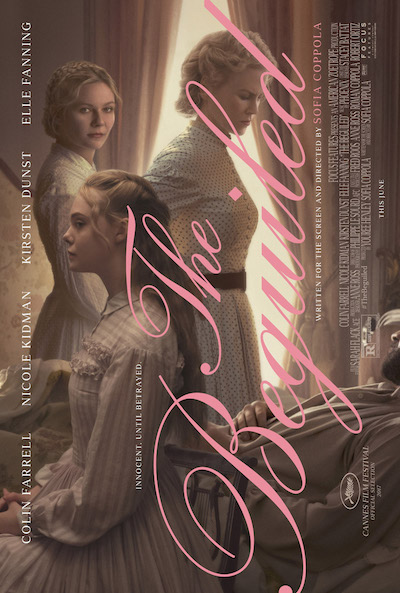
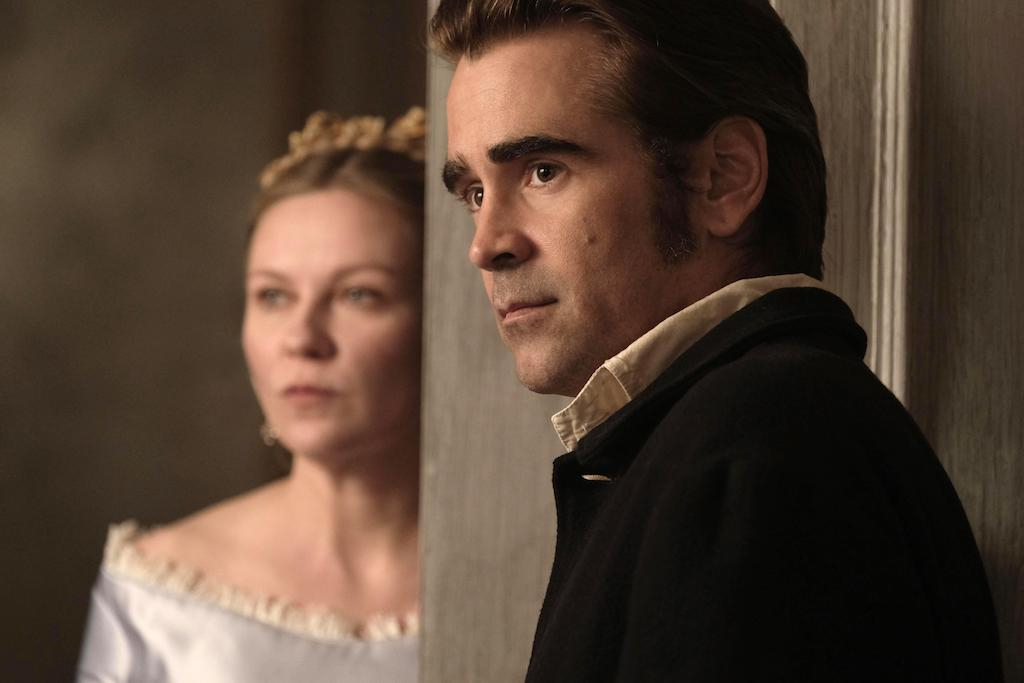
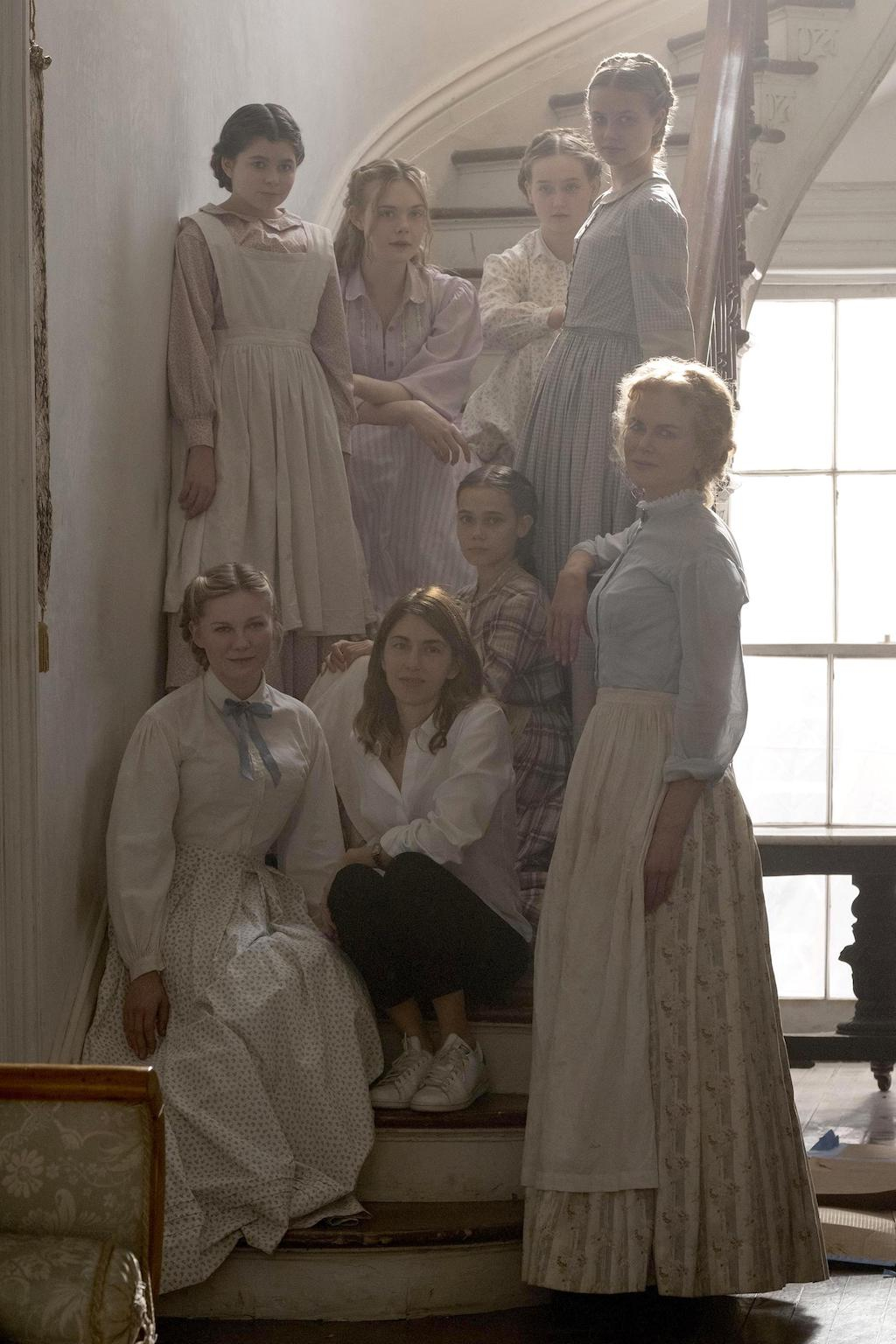
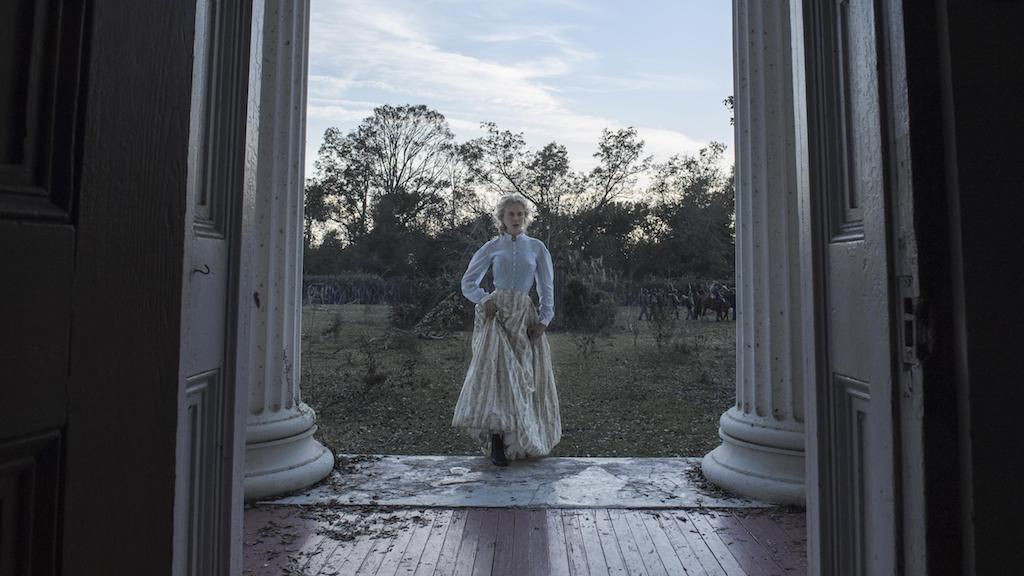
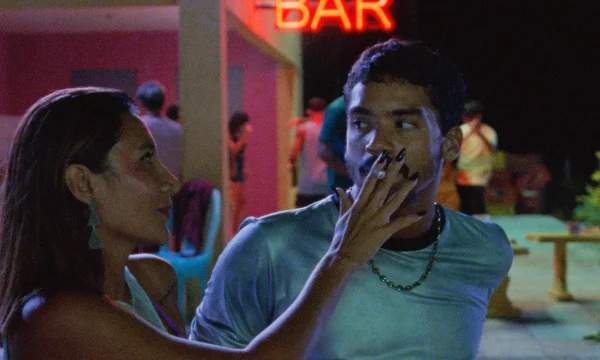
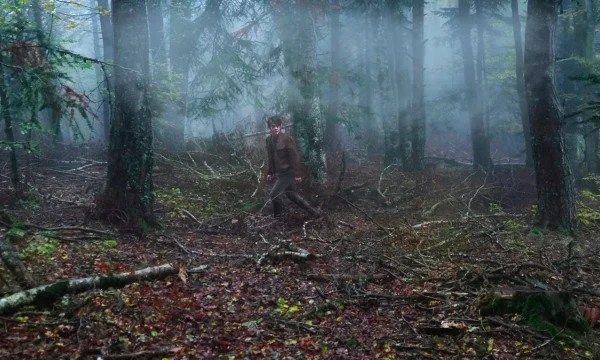
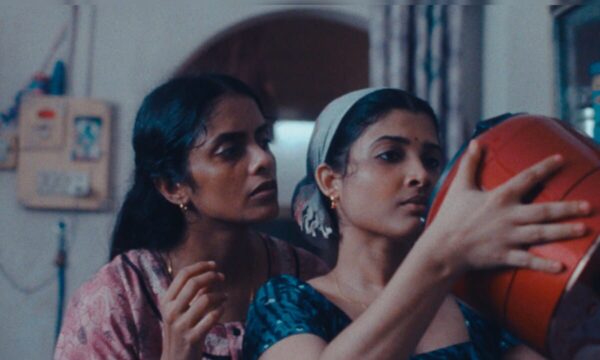
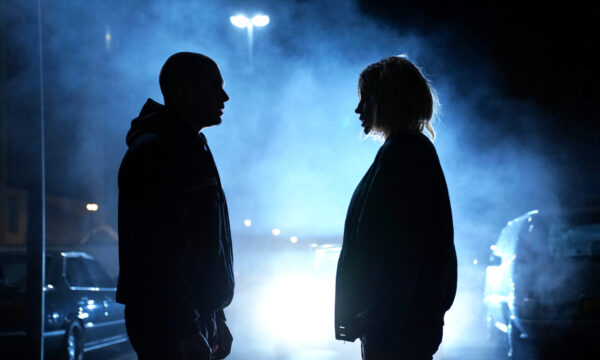
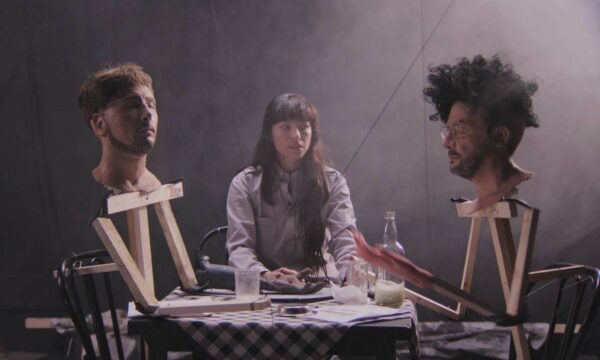
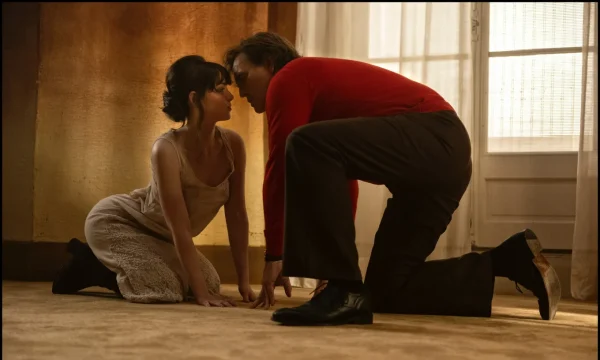
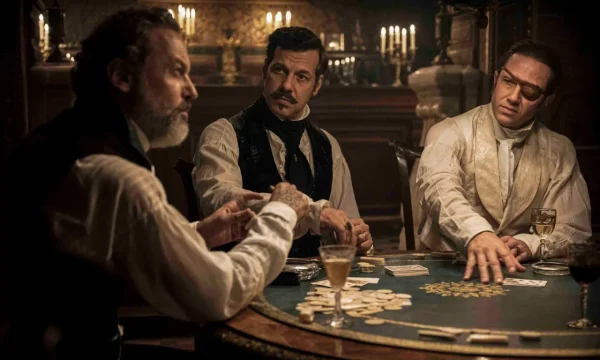
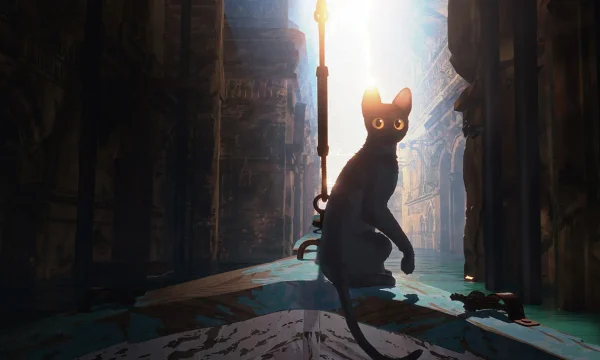
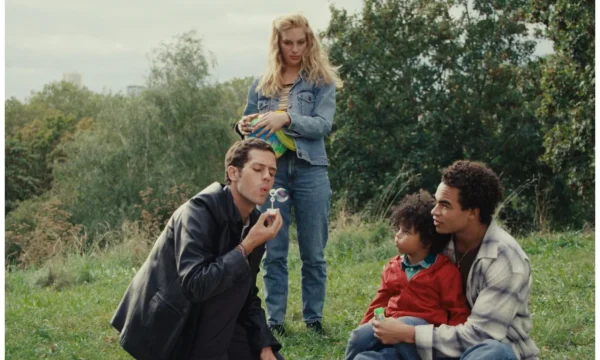
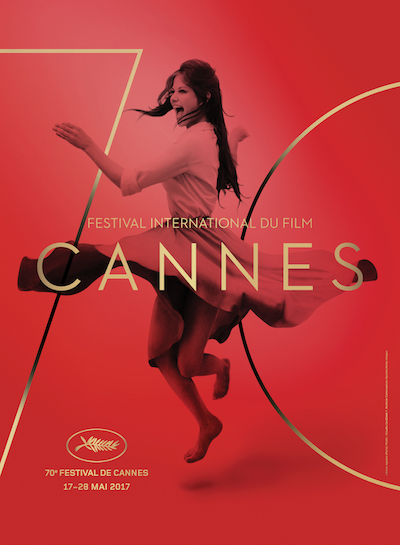













Facebook
Twitter
Instagram
YouTube
RSS